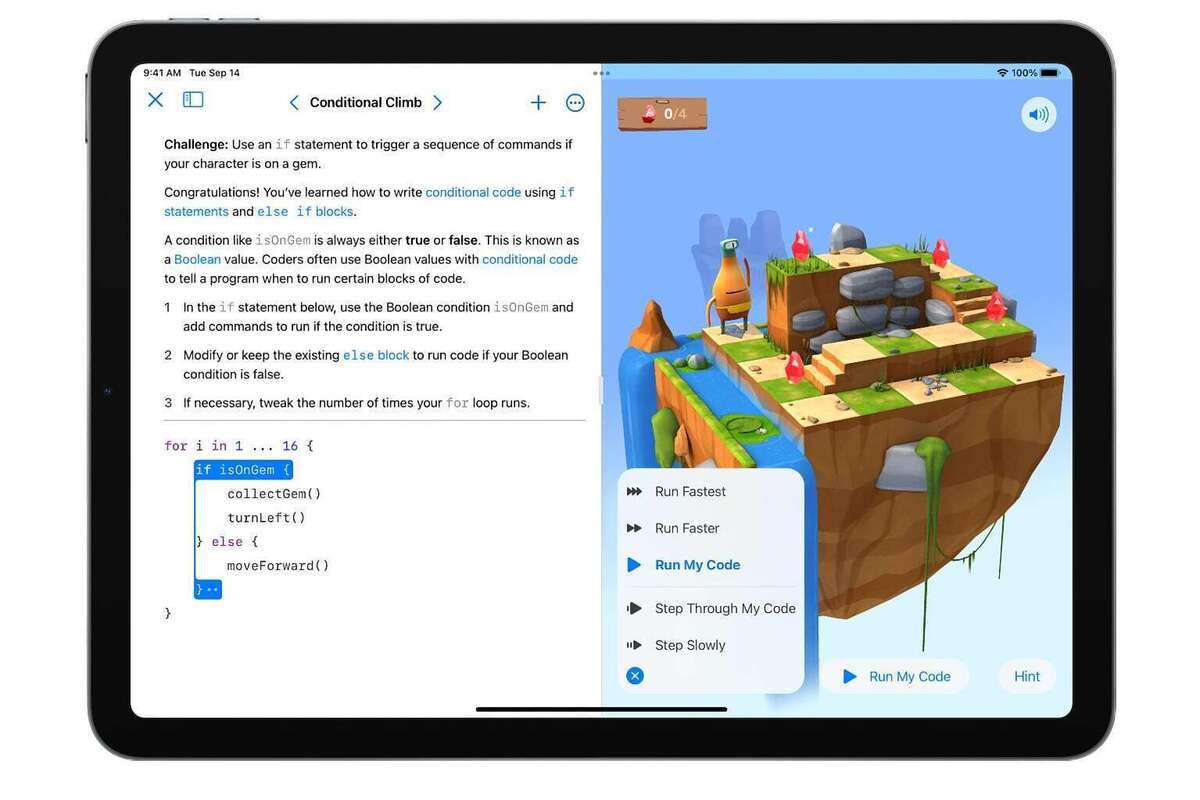[ad_1]
Apple CEO Tim Cook has given his backing to a major effort to convince state governors, government, and educators to make computer science classes available to every student in every school. But it’s not just philanthropy in play.
Table of Contents
We just can’t get the staff
Demand and supply. In theory, when demand increases, supply emerges to meet it. Except it doesn’t always work out that way and as the world gets more digitized, the need for coders is growing faster than the world can keep up.
The demand for coding skills is growing so rapidly that developers continue to explore ways to design configurable solutions that can be built without code (no-code — essentially filling the gap Apple’s Shortcuts are becoming).
They know they must do this because demand for coding talent continues to increase internationally. It’s a need that concerns every market, from the US to Singapore and everywhere between. By 2030, the world is expected to be short of around 82.5 million coders — already, 87% of organizations struggle to find the coding staff they require.
But some industries, particularly those concerning data analytics, manage to be both in great demand and on a rapid growth curve while also being desperate to find enough staff. Given the growing importance of AI, the lack of skills in data analytics is already having consequential effects on many enterprises. The US Bureau of Labor Statistics indicates that by 2026, the shortage of engineers in the US will exceed 1.2 million.
All we are saying, is give code a chance
That’s why more than 500 business, education, and non-profit leaders have signed an appeal for “every student in every school to have the opportunity to learn computer science.” Signatories, including Cook (and numerous Apple allies and competitors) know we must invest in the next generation of coders.
They warn that because computer science education is not universally available, many students never get the chance to learn. That’s why just 5% of US high school students study computer science — and some communities, particularly young women and students of color, left behind.
Employees know this, too, of course. And while not everyone has the talent for it, one side impact of the Great Resignation has been increasing numbers of workers join coding courses. They almost certainly hope to earn more cash and work more remotely in the future. Workforce tech education platform Pluralsight, notes that the four most popular courses it provides concern coding. Courses on AI and cloud services are also popular. At the same time, the pandemic has driven big investments in digital technologies to support the emerging future of work, further exacerbating the talent shortage.
Coding is one of the most valuable skills a person can learn. It can open new doors, jumpstart careers, and help big dreams seem like achievable goals. Everyone around the world should have an opportunity to learn how to code. https://t.co/yWfNlmQwdz
— Tim Cook (@tim_cook) July 12, 2022
Apple can scale its coding search, but not everyone can
Apple has made no secret that it thinks we need to nurture more coding talent. It has built and continues to build new development hubs around the world so it can source talent unavailable in the US.
It runs coding workshops in retail stores and has developed academic courses to nurture future talent. Swift Playgrounds isn’t just intended to be fun to use; it’s also designed to teach the essentials of coding to young people as the company works to foster future talents.
But Apple’s opportunity to engage in such schemes is something only the largest firms can really access — and the coder Cupertino creates today isn’t necessarily going to be coding for iPhones tomorrow, particularly when their skills are in such high demand. It’s also true that the need, combined with shortage, means more than 50% of companies are hiring tech workers who don’t have all the skills the job needs.
Challenging the economy
All the same, the size of the issue represents a big challenge to economic growth and productivity, generating a transnational scramble to secure talent.
In the US, almost two-thirds of high-skilled immigration is for computer scientists. The US alone has more than 700,000 open computing jobs, but trains only 80,000 computer science graduates each year – and demand for those skills will increase as digitalization continues to grow. The demand is also putting existing hires under a great deal of pressure. That extra work means some claim around 70% plan to change jobs over the next year. This is in itself a problem for employers — it costs up to $35,685 to identify and recruit a full-time developer, according to CodeSubmit data.
Any churn in staffing represents added costs, as well as increased the pressure on existing workers and additional damage to project planning and overall productivity.
With all of this in mind, it’s of little surprise that Cook and what looks like a roll call of all the biggest businesses in the US are making this urgent call to code. Their eye-watering bonuses probably depend on it.
Please follow me on Twitter, or join me in the AppleHolic’s bar & grill and Apple Discussions groups on MeWe.
Copyright © 2022 IDG Communications, Inc.
[ad_2]

Leave a Reply